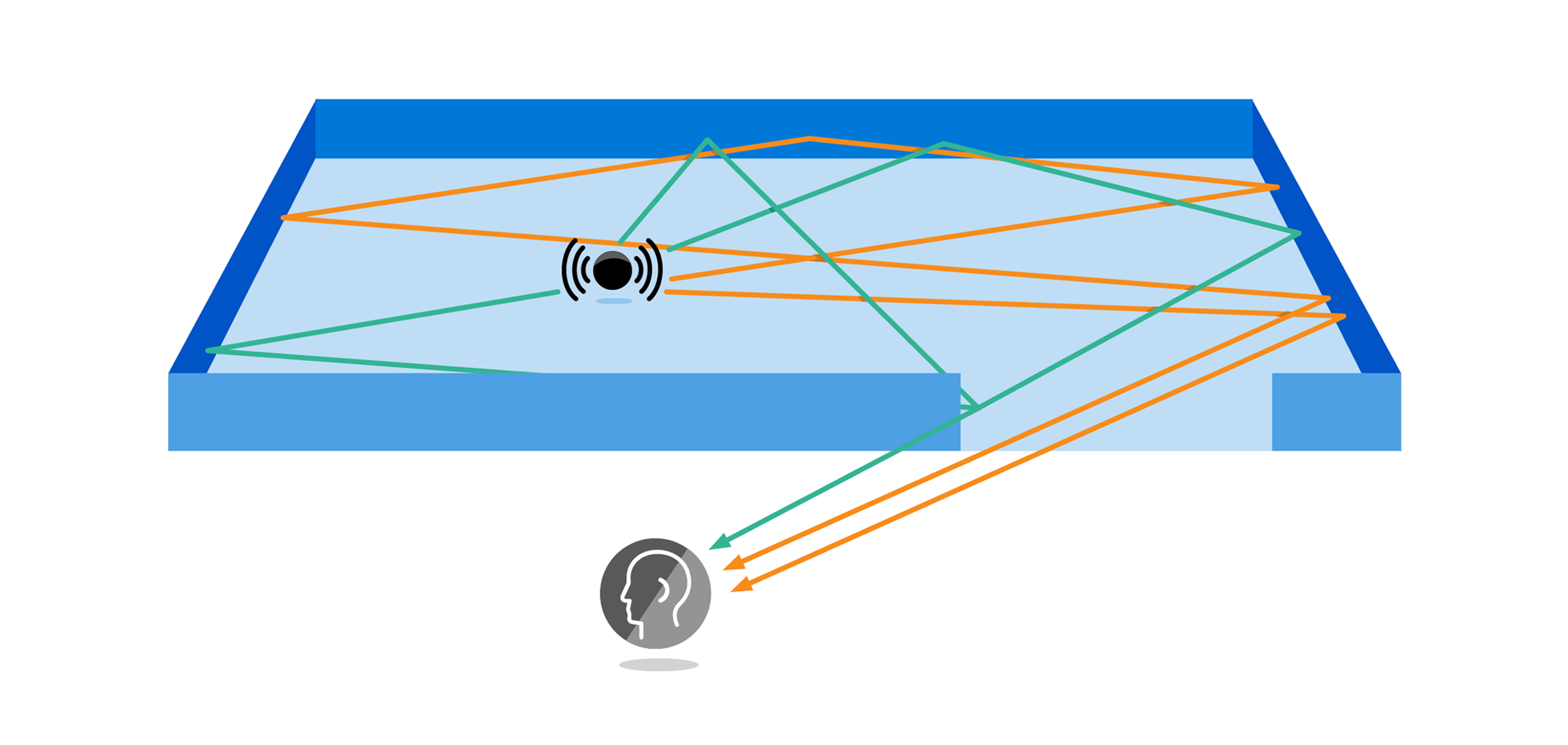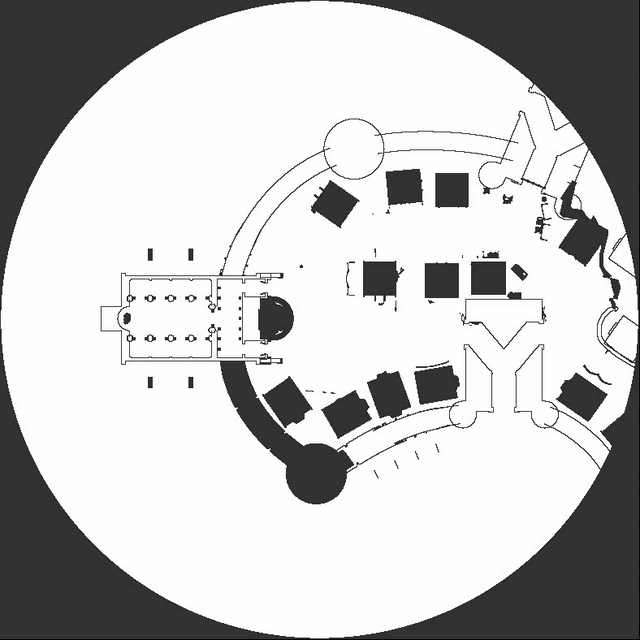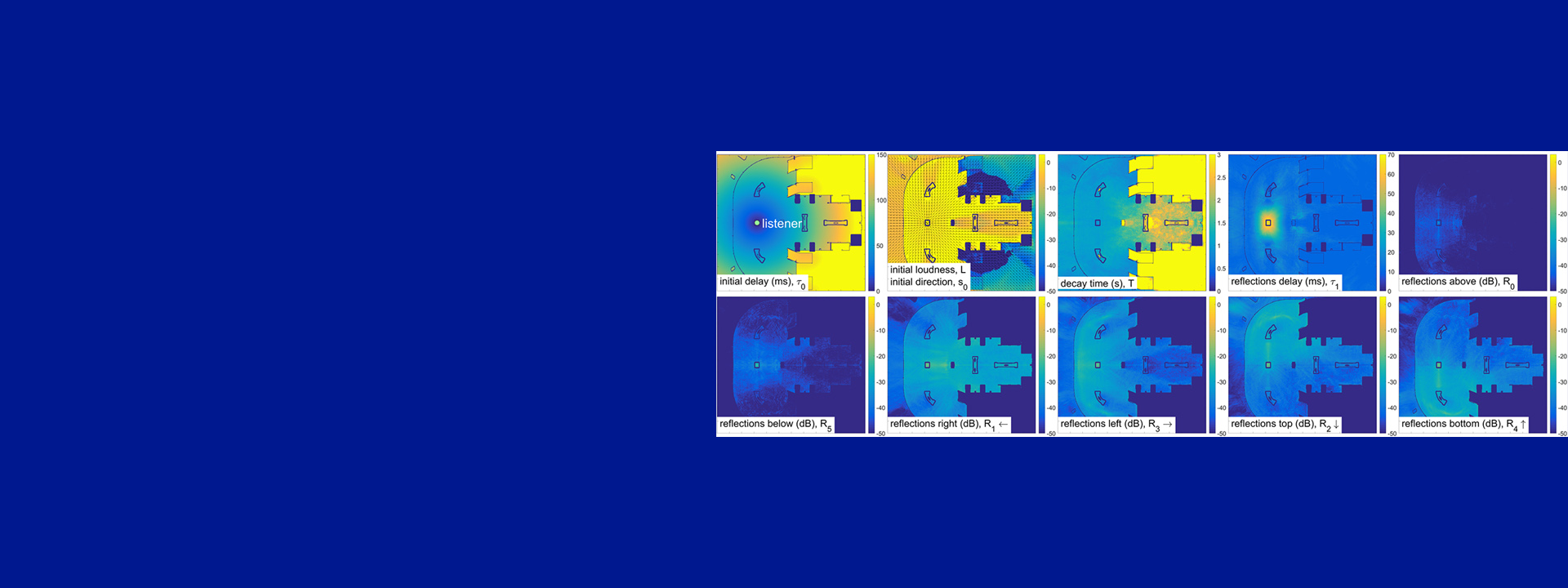Immersive sound propagation for games and mixed reality
Games and mixed reality must render a believable soundscape for the listener that situates characters and sounds within rich 3D worlds. Project Triton aids this task by physically modeling how sound propagates within a scene given its shape and materials. In doing so, it automatically models immersive sound propagation effects like sound occlusion and reverberation. Project Triton is unique in accurately modeling the true wave physics of sound, including diffraction, while still being fast enough to scale from desktop to mobile devices. Incubated over a decade of focused research, it is battle-tested technology, shipping in major game titles like Gears of War (opens in new tab), Sea of Thieves (opens in new tab), and Borderlands 3 (opens in new tab).
Project Acoustics (opens in new tab) provides easy-to-use plugin integration for Unity and Unreal game engines.
Sound propagation effects
Obstruction

Occlusion

Portaling (sound redirection)

Reverberance

Decay time

We perceive many acoustic effects in everyday life that result from the wave nature of sound propagation. They keep us aware and oriented in our surroundings, varying smoothly as we and sounds around us move through the world. Games and mixed reality thus usually need to reproduce them for a natural soundscape. Project Triton models many such important effects, illustrated above. For instance, obstruction and «portaling» together create a believable impression of sounds flowing around doorways. It is common for sound designers to have to do tedious manual markup to obtain such results. Project Triton removes this tedium, driving the effects robustly from scene geometry and empowering the designer with new tools to shape physics for storytelling goals. For example, one can reduce physical reverberance on game dialogue to make it cinematic, while heightening the reverberation on footsteps to make a cave feel spookier. All at runtime while fitting within practical CPU and RAM budgets.

How it works
Project Triton models the actual wave physics of sound propagation through complex 3D spaces. Audible sounds have wavelengths from centimeters to meters so that wave effects must be modeled to avoid unnatural results. An example is the «lamppost problem» – a thin lamppost blocking the ray from source to listener can occlude as much as a concrete wall. We never hear that in reality because sound waves wrap around objects, as seen in the animation above. This is diffraction. It is central to how sound moves around corners and through doorways, scatters, and fills up various rooms with reverberation. Wave simulation is very expensive, so we precompute on static visual 3D geometry on a compute cluster in a “baking” step. The overall pipeline is quite analogous to light baking, in that it moves expensive global propagation computation to a baking step – with the difference that moving sources are supported. This data is passed through a proprietary parametric compressor that drastically reduces data size and enables fast lookup and signal processing at runtime, enabling Triton to run even on mobile devices such as the Oculus Go.
Explore more
-
Documentation
Project Acoustics
Find documentation and downloads for Project Acoustics.
-
Publication
Parametric Wave Field Coding for Precomputed Sound Propagation
Describes the core algorithms and architecture of the system.
-
Publication
Parametric Directional Coding for Precomputed Sound Propagation
Extends the above to model spatial audio effects such as portaling.
-
Video
Project Acoustics at GDC 2019
An introductory talk on Project Acoustics and plugins for Unity and Unreal.
-
Video
Project Triton at GDC 2017
A general introduction to the ideas behind Project Triton and its integration in Gears of War 4.

